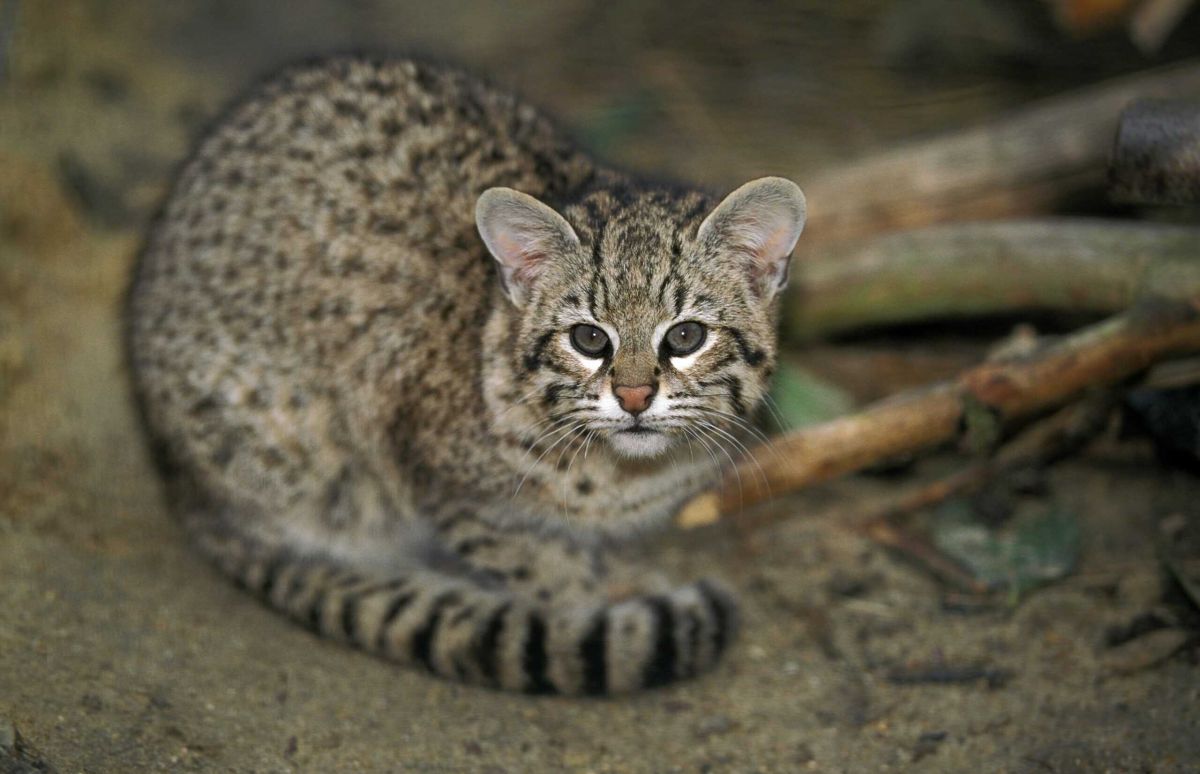The Geoffroy’s Cat: An Exploration of an Endearing Feline

Among the diverse tapestry of the animal kingdom, few creatures capture the imagination quite like the Geoffroy’s cat (Leopardus geoffroyi). This small wild feline, native to South America’s grasslands and forests, is not just a remarkable example of nature’s ingenuity but also a species that serves as a symbol of biodiversity in a rapidly changing world
A Brief Overview
Geoffroy’s cat was first described in the early 19th century by the French zoologist and naturalist Étienne Geoffroy Saint-Hilaire, after whom the species is named. Typically weighing between 5 to 11 pounds (2.3 to 5 kg), this petite feline is roughly the size of a domestic cat, but its wild instincts and adaptations contribute to a unique ecological niche. With a strikingly beautiful coat that exhibits a tawny or gray background adorned with numerous dark spots and stripes, Geoffroy’s cat is perfectly camouflaged against its natural grassland and woodland habitats.
Habitat and Distribution
Geoffroy’s cat is found across a wide range of South America, from northern Argentina and southern Brazil to parts of Chile and Paraguay. Preferring open grasslands, scrublands, and forest edges, this adaptable feline thrives in various environments. Their ability to inhabit regions ranging from floodplains to temperate forests showcases not only their resilience but also the ecological diversity of their habitats.
Diet and Hunting Behavior
As a carnivorous predator, Geoffroy’s cat primarily feeds on small mammals, birds, and reptiles. Their hunting strategy is both stealthy and opportunistic. They are known for their agility and speed, which they employ to ambush prey. Their keen sense of hearing assists them in locating rodents and other small animals in dense vegetation, making them effective hunters.
Notably, Geoffroy’s cat has been observed using a variety of hunting techniques, including stalking and pouncing, which reflect their adaptability to different prey and environments. They have also been known to climb trees or hide in bushes, showcasing their versatility as both ground and arboreal hunters.
Behavior and Social Structure
Geoffroy’s cats are generally solitary animals, with males and females coming together only during the mating season. Their territorial behavior often results in clear demarcations of home ranges, with males typically occupying larger territories than females. Communication occurs through vocalizations, scent marking, and visual signals, which are crucial for maintaining territories and finding mates.
These cats are primarily nocturnal, leveraging the cover of darkness to hunt and remain hidden from larger predators. Their elusive nature makes them challenging to study in the wild, leading to limited insights into their social structures and behaviors.
Conservation Status
Despite their adaptability, Geoffroy’s cat faces numerous threats due to habitat loss, hunting, and human-wildlife conflict. Deforestation and agricultural expansion have fragmented their habitats, making it harder for these cats to find food and suitable mating partners. As of its latest evaluation, the International Union for Conservation of Nature (IUCN) lists Geoffroy’s cat as “Least Concern,” but continuous monitoring is vital to ensure that populations remain stable amid ongoing environmental changes.
Conservation efforts aimed at preserving their habitats and mitigating human-wildlife conflicts are essential. Educating local communities about the ecological value of Geoffroy’s cat and promoting cohabitation strategies can help safeguard this fascinating species for future generations.
Conclusion
In summation, Geoffroy’s cat is a small but significant player in the health of South America’s ecosystems. Its unique adaptations, beautiful appearance, and intriguing behaviors make it a species of interest for both researchers and wildlife enthusiasts alike. As we continue to navigate the complexities of conservation in a rapidly changing world, ensuring the survival of such remarkable species as Geoffroy’s cat will be crucial in preserving the rich biodiversity that our planet so desperately needs. Whether it serves as a symbol of resilience or a reminder of our responsibilities towards nature, these little wildcats have certainly earned their place in the spotlight of wildlife conservation.



